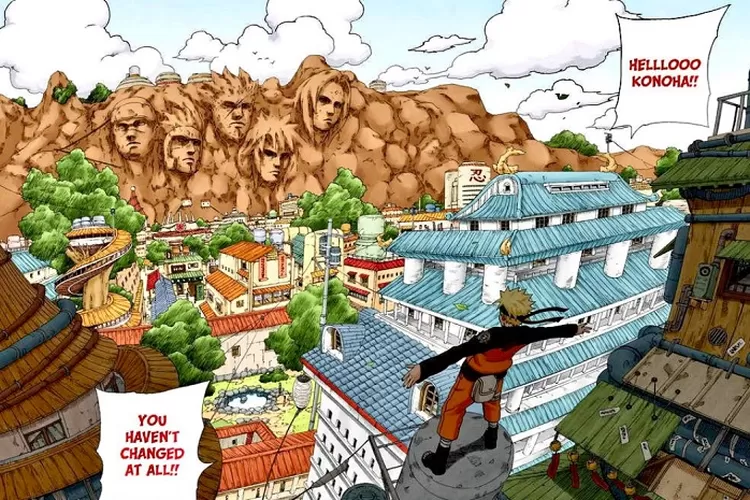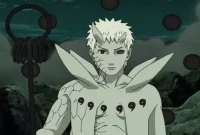In the dynamic world of the Naruto manga series, one village stands out among the rest – Konoha. Renowned for its powerful ninja and rich history, Konoha has earned the reputation of being the strongest village in the series. With a fascinating blend of clans and a commitment to equality and unity, Konoha has become an exemplar of strength and inclusivity.
Konoha’s genesis can be traced back to the Senjuu and Uchiha clans, two prominent and influential clans that founded the village. While the two clans have had their conflicts, their collaboration laid the foundation for Konoha’s prosperity and power. As the village grew, it opened its doors to other clans, including the Nara, Yamanaka, Shimura, Sarutobi, Akamichi, Uzumaki, and Hyuga clans.
Unlike other villages like Kirigakure, Kumogakure, and Sunagakure, Konoha embraced all clans and treated their ninja equally. This distinguishing factor made Konoha unique, as it valued all ninja and their respective talents, regardless of their clan background or abilities. In Kirigakure, Kumogakure, and Sunagakure, there was a concerning decline in the number of skilled ninja over time due to their mistreatment and exploitation in battles.
Konoha’s approach was distinct and refreshing. It treated the Hyuga clan with reverence, acknowledging their nobility and the unparalleled mastery of their Byakugan technique. The Nara clan, known for their strategic prowess, served as advisors to the Hokage and played a crucial role in decision-making. The Yamanaka clan, on the other hand, were entrusted with the vital task of guarding Konoha’s defense system, utilizing their exceptional mind transfer jutsu.
One key conflict that tested Konoha’s philosophy of inclusivity and equality was the Uchiha massacre. However, through a process of resolution and understanding, Konoha emerged stronger, and all ninja were deemed equal. This event further solidified Konoha’s commitment to unity and acceptance.
Konoha’s strength as the strongest village can be attributed to its approach of embracing and treating all ninja users with fairness. By avoiding the mistreatment and exploitation faced by ninja in other villages, Konoha managed to maintain a substantial pool of highly skilled individuals. These skilled ninja became the backbone of Konoha’s power, both in times of peace and during conflicts.
In contrast to other villages, Konoha promoted a culture of unity and inclusivity among its ninja population. This nurturing environment allowed ninja from various backgrounds to collaborate, exchange knowledge, and learn from each other. The potential for growth and improvement was limitless, paving the way for greater achievements and victories.
From Konoha’s example, we can draw a vital lesson – the importance of inclusivity in creating a strong and thriving community. By valuing the unique contributions of each clan and treating all ninja equally, Konoha proved its exceptional strength and resilience. Its unity-oriented approach not only fostered harmony within the village but also unleashed the full potential of its ninja. As a result, Konoha emerged as the unrivaled strongest village in the Naruto universe.
In conclusion, Konoha’s standing as the strongest village in the Naruto manga series owes much to its unwavering commitment to inclusivity and equality. By accepting and embracing all ninja users, regardless of their clan or abilities, Konoha created a fertile ground for the development and empowerment of its ninja. Other villages may have talented ninja, but their disregard for inclusivity and mistreatment of their warriors have caused a decline in skilled individuals. Konoha, however, continues to shine bright as a beacon of unity and strength, an epitome of what a village can achieve through embracing diversity and treating all with fairness and respect.




